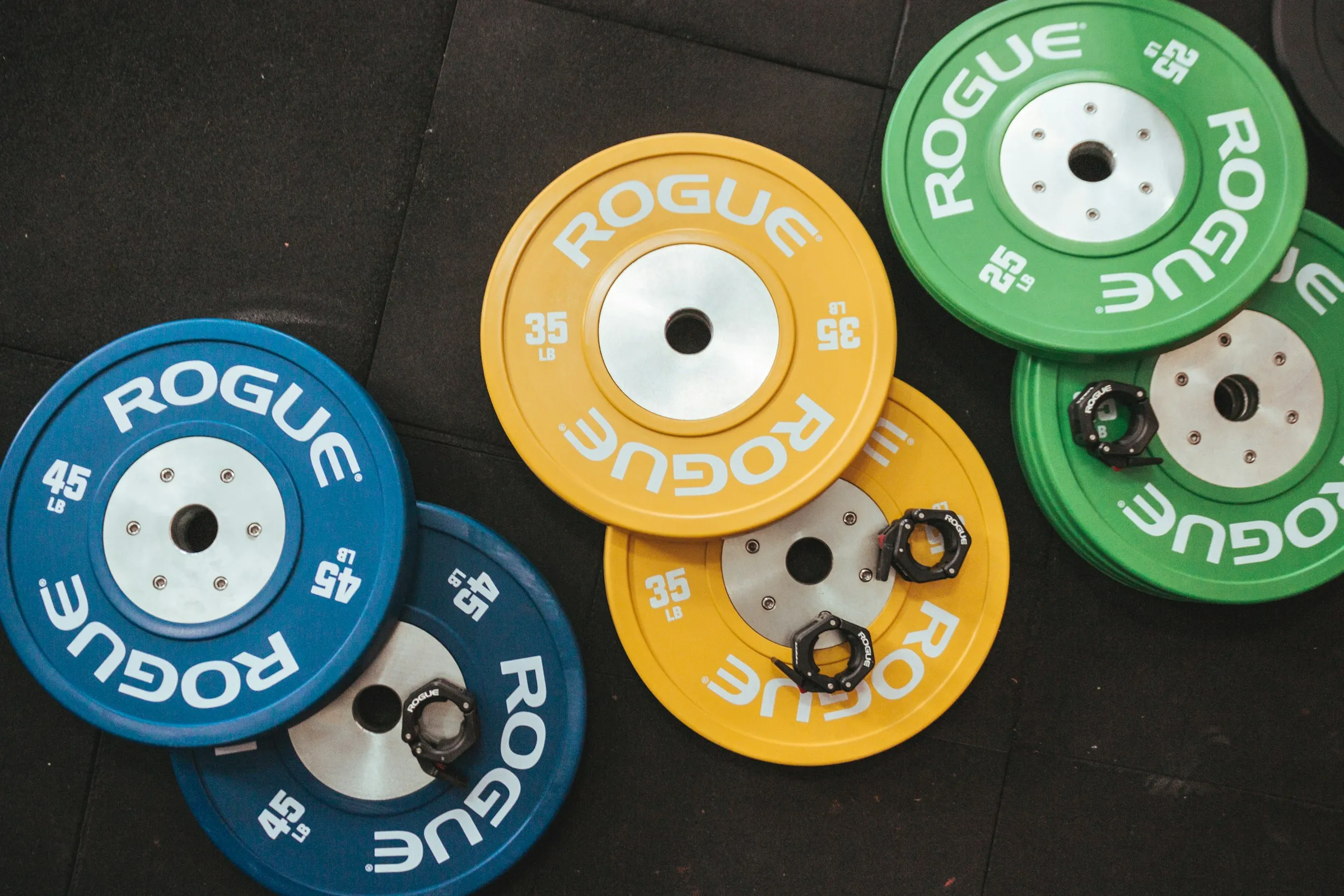If you’re new to strength training, bumper plates can be a game changer in your fitness journey. These durable, rubber-coated weight plates are designed for both safety and performance, making them ideal for beginners and experienced lifters alike. Whether you’re training at home or hitting the gym, understanding how to use bumper plates effectively can help you build strength, improve technique, and avoid injury.
What Are Bumper Plates?
Bumper plates are weight plates made from dense rubber, designed to be safely dropped during Olympic-style lifts. Unlike traditional iron plates, they minimize damage to floors and equipment and reduce noise. Most importantly, they allow beginners to train confidently without fear of breaking gear.
Why Beginners Should Use Bumper Plates
Bumper plates are ideal for beginners because they promote safer lifting and smoother progressions. Their uniform diameter ensures consistent lifting form regardless of the weight on the bar, helping new lifters learn proper mechanics early on. Plus, they’re less intimidating than clunky metal plates, encouraging frequent practice.
Essential Bumper Plate Exercises
Here are six beginner-friendly exercises you can perform with bumper plates:
- Deadlifts: Build posterior chain strength with proper lifting mechanics.
- Overhead Press: Strengthen shoulders and core stability.
- Front Squats: Improve leg strength and mobility.
- Power Cleans: Introduce explosive strength training.
- Snatch Grip High Pulls: Great for upper back and trap development.
- Barbell Rows: Effective for building back and arm strength.
These exercises lay the foundation for full-body strength. Once you’re comfortable with technique, you can safely add more weight and intensity to each movement.
Setting Up Your Training Space
Whether at home or in a gym, setting up a safe training space is key. Use a flat, non-slip surface and ensure there’s enough clearance to safely drop weights. Beginners should also consider using a lifting platform or crash mats to protect floors. Having basic equipment like a barbell, collars, and a rack will make training smoother and more efficient.
How to Progress with Bumper Plates
Building strength is all about progressive overload—gradually increasing resistance as your body adapts. With bumper plates, you can safely add small increments without sacrificing form. Start with lighter weights, master technique, and then gradually increase the load. Keep track of your reps, sets, and weights to monitor progress and avoid plateaus.
Common Mistakes to Avoid When Lifting
As a beginner, it’s easy to fall into bad habits that can slow your progress or lead to injury. Here are some common mistakes to watch out for:
- Lifting too heavy too soon
- Neglecting warm-ups and mobility work
- Using improper form or posture
- Skipping rest days
- Holding your breath during lifts
- Not securing bumper plates with collars
Avoiding these pitfalls will make your training safer and more effective. Always prioritize form and consistency over chasing heavy numbers too quickly.
Conclusion: Lift Smart, Stay Strong
Bumper plates are an excellent starting point for anyone beginning their strength journey. They offer safety, versatility, and an easy path to progression. With the right approach, you’ll not only build muscle and power but also develop lasting lifting habits that support long-term health and fitness.

Leave a Reply